Galangal is a distinctive rhizome from the ginger family (Zingiberaceae) that's essential in Southeast Asian cooking, particularly in Thai, Indonesian, and Malaysian cuisine. Unlike ginger, galangal has a crisp, citrusy flavor with pine and floral notes, plus subtle hints of pepper and camphor. This complete guide explains everything you need to know about identifying, purchasing, using, and substituting galangal in your cooking.
Table of Contents
- What Exactly Is Galangal?
- Types of Galangal
- Galangal vs Ginger vs Turmeric: Key Differences
- How to Use Galangal in Cooking
- Where to Buy Galangal and How to Choose the Best
- Best Galangal Substitutes When You Can't Find It
- Galangal Health Benefits: What Research Says
- Frequently Asked Questions About Galangal
- Conclusion
What Exactly Is Galangal?
Galangal (Alpinia galanga) is a rhizome closely related to ginger and turmeric but with its own unique characteristics. This aromatic root has been used for centuries in Southeast Asian cooking and traditional medicine. The name "galangal" comes from the Chinese term "gao liang jiang," meaning "good ginger from a distant land." Unlike ginger, galangal has a harder, woodier texture and a distinctive flavor profile that's citrusy, pine-like, and subtly peppery with a hint of camphor.
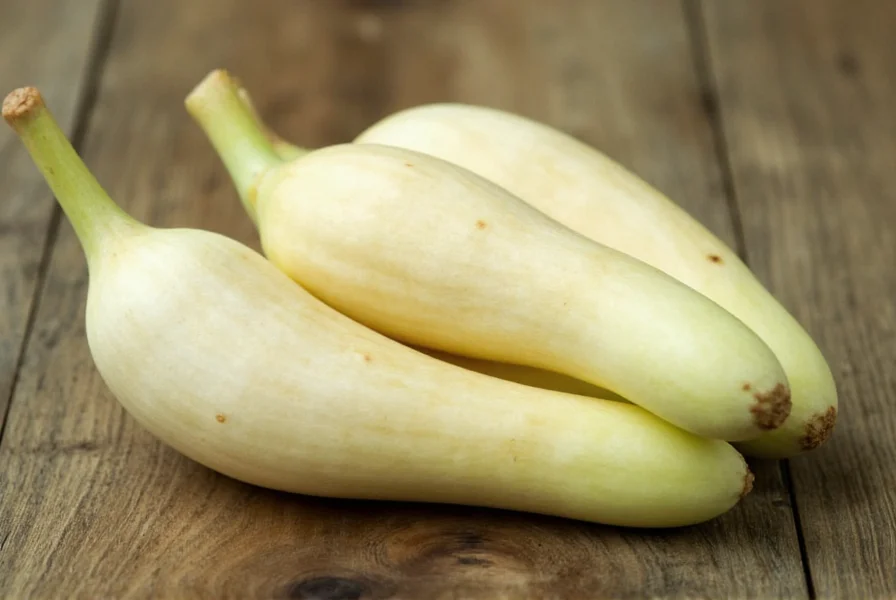
Native to Indonesia and Malaysia, galangal is now widely cultivated throughout Southeast Asia. It's a staple ingredient in dishes like Thai tom kha gai (coconut soup), Indonesian rendang (beef stew), and Malaysian laksa (spicy noodle soup). While fresh galangal is preferred for its vibrant flavor, you can also find it frozen, dried, or powdered in specialty stores.
Types of Galangal
When shopping for galangal, you'll typically encounter two main varieties, each with distinct characteristics:
- Greater Galangal (Lengkuas): This is the most common variety used in cooking, featuring a pale beige skin, firm texture, and milder flavor. It's larger than lesser galangal and widely used in Indonesian, Malaysian, and Thai cuisine.
- Lesser Galangal (Gaosun): Smaller in size with a reddish-brown skin, this variety has a more intense, sharper flavor. It's primarily used in traditional Chinese medicine but occasionally appears in specific Thai recipes.
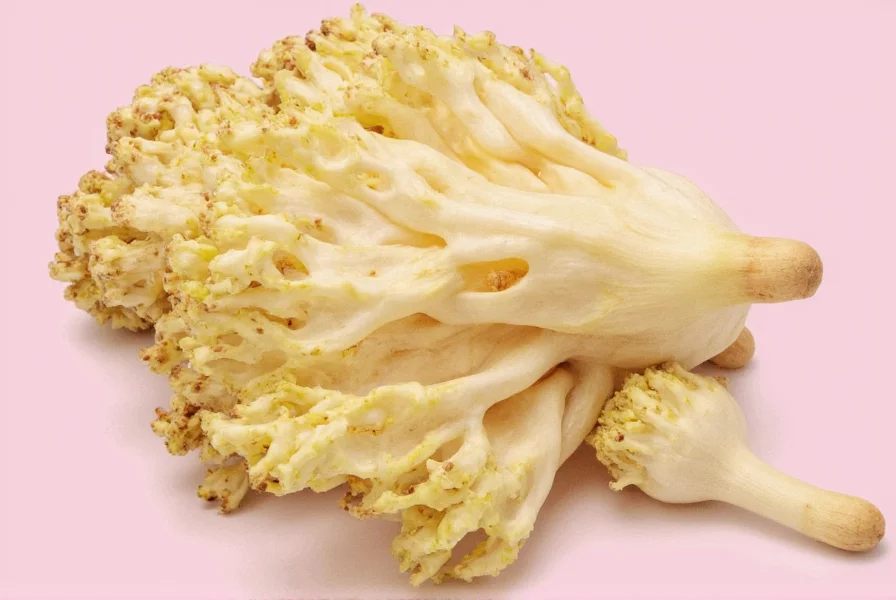
| Type | Flavor Profile | Common Culinary Uses |
|---|---|---|
| Greater Galangal | Mild, floral, slightly peppery with citrus notes | Tom kha gai, rendang, sambals, curry pastes |
| Lesser Galangal | Strong, sharp, intensely citrusy with medicinal notes | Traditional medicine, specialty spice blends |
Galangal vs Ginger vs Turmeric: Understanding the Differences
Many home cooks confuse galangal with ginger or turmeric, but they're distinctly different ingredients with unique properties:
- Galangal has a hard, fibrous texture and delivers a complex flavor profile with citrus, pine, and floral notes. It's less juicy than ginger and doesn't have the same level of heat.
- Ginger is more versatile globally, with a juicy texture and warm, peppery-sweet flavor. It's commonly used in both sweet and savory dishes across many cuisines.
- Turmeric is primarily valued for its vibrant yellow color and earthy flavor, with a dense, dry texture. It's less about distinctive flavor and more about color and health benefits.
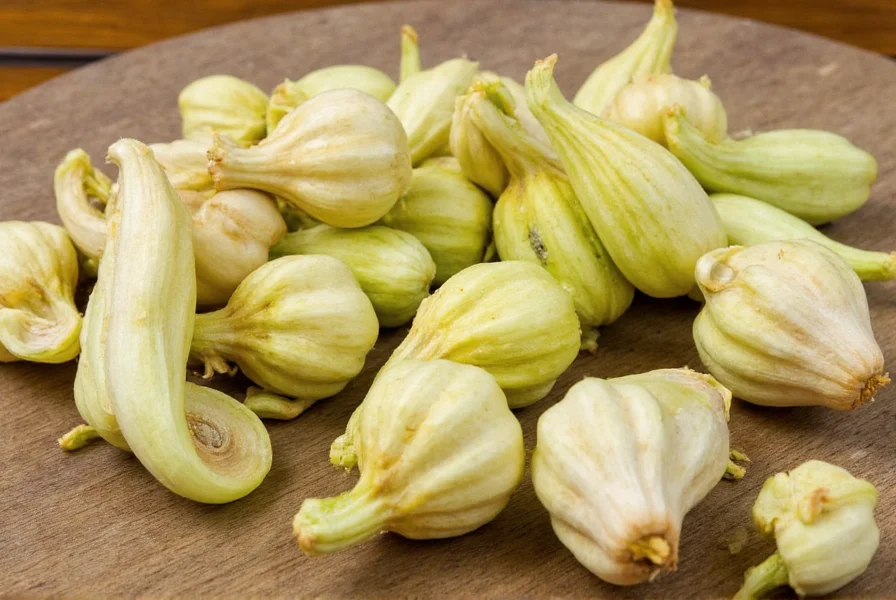
| Spice | Texture and Appearance | Flavor Profile | Ideal Culinary Applications |
|---|---|---|---|
| Galangal | Hard, woody, pale interior, smooth beige skin | Crisp, citrusy, pine-like, mildly spicy with camphor notes | Thai curries, Indonesian soups, Malaysian laksa |
| Ginger | Juicy, fibrous, yellowish interior, knobby appearance | Warm, peppery, slightly sweet with noticeable heat | Stir-fries, teas, baked goods, marinades |
| Turmeric | Dense, dry, vibrant orange interior, tough brown skin | Earthy, slightly bitter, mild peppery notes | Curry powders, rice dishes, golden milk, coloring |
How to Use Galangal in Cooking: Practical Applications
Understanding how to properly use galangal is crucial for authentic Southeast Asian cooking. Unlike ginger, galangal's fibrous nature means it requires different preparation techniques:
- Thin Slicing for Soups and Broths: The most common use - slice galangal paper-thin (1-2mm) and add to tom kha gai or laksa. Remove slices before serving as they remain too tough to eat.
- Crushing for Curry Pastes: For authentic flavor, crush fresh galangal with a mortar and pestle before adding to curry pastes. This releases more aromatic compounds than chopping.
- Whole in Slow-Cooked Dishes: Add whole pieces to rendang or other slow-cooked dishes, removing them before serving (similar to bay leaves).
- Pickling for Condiments: In some Indonesian and Thai preparations, galangal is pickled to create tangy condiments that complement grilled meats.
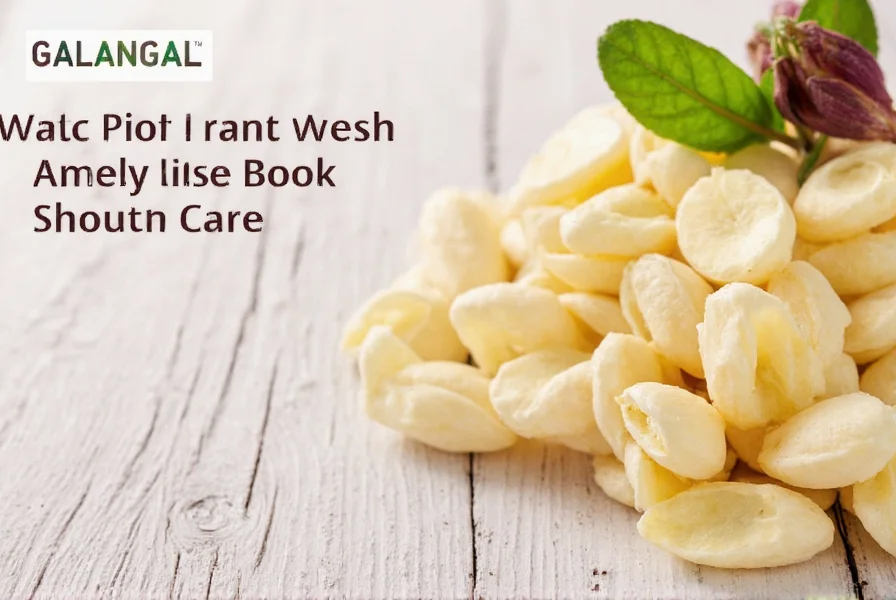
Pro Tip: Never grate fresh galangal like ginger - its fibrous structure won't break down properly. For best results, slice thinly or crush with a mortar and pestle. Frozen galangal actually works better than fresh for some applications as the freezing process breaks down some fibers.
Where to Buy Galangal and How to Choose the Best
Finding quality galangal requires knowing where to look and what to select. Here's your comprehensive buying guide:
Best Places to Purchase Galangal
- Asian Grocery Stores: Your most reliable option - Thai, Vietnamese, and Indonesian markets typically stock fresh galangal near other rhizomes.
- Online Specialty Retailers: Websites like iGourmet, Thai Food Online, and Amazon often sell frozen or dried galangal.
- Farmer's Markets: In regions with diverse agricultural production, some specialty farmer's markets may carry it seasonally.
- Mainstream Supermarkets: Stores like Whole Foods, Wegmans, and larger Kroger locations increasingly stock galangal in the international or organic produce sections.
How to Select Quality Galangal
- Firmness Test: Squeeze gently - quality galangal should feel solid with no soft spots or give.
- Visual Inspection: Look for smooth, taut skin without excessive wrinkles (a few are normal) and no mold or blemishes.
- Smell Check: Fresh galangal should have a distinctive citrus-pine aroma when scratched.
- Size Matters: For most cooking applications, choose pieces 3-4 inches long with multiple growth nodes.
| Product Type | Best For | Storage Duration | Taste Comparison to Fresh |
|---|---|---|---|
| Fresh Galangal Roots | Authentic Thai curries, soups, curry pastes | 2-3 weeks refrigerated, 6 months frozen | 100% authentic flavor |
| Frozen Sliced Galangal | Quick soups, everyday cooking, meal prep | 6-12 months frozen | 95% fresh flavor (freezing enhances aroma release) | Teas, long-simmered stews, traditional medicine | 1-2 years in airtight container | 75% fresh flavor (more concentrated but less complex) |
| Galangal Powder | Spice blends, rubs, quick flavor addition | 6-12 months in cool dark place | 60% fresh flavor (convenient but loses aromatic complexity) |

Best Galangal Substitutes When You Can't Find It
When galangal isn't available, these substitution strategies will help maintain authenticity in your Southeast Asian dishes:
- Ginger + Lime Zest (Best Overall Substitute): Use 3 parts ginger to 1 part lime zest. The ginger provides body while lime mimics galangal's citrus notes. Works well in soups and curries.
- Lemongrass + White Pepper (For Thai Dishes): Mince lemongrass finely and combine with a pinch of white pepper. Ideal for tom yum and other Thai specialties.
- Galangal Powder (When Fresh Isn't Available): Use 1/4 teaspoon powder for every 1-inch fresh slice. Reconstitute in warm water for 10 minutes before using.
- Combination Approach for Authentic Flavor: For best results in traditional recipes, combine equal parts ginger, lemongrass, and a tiny bit of kaffir lime leaf.
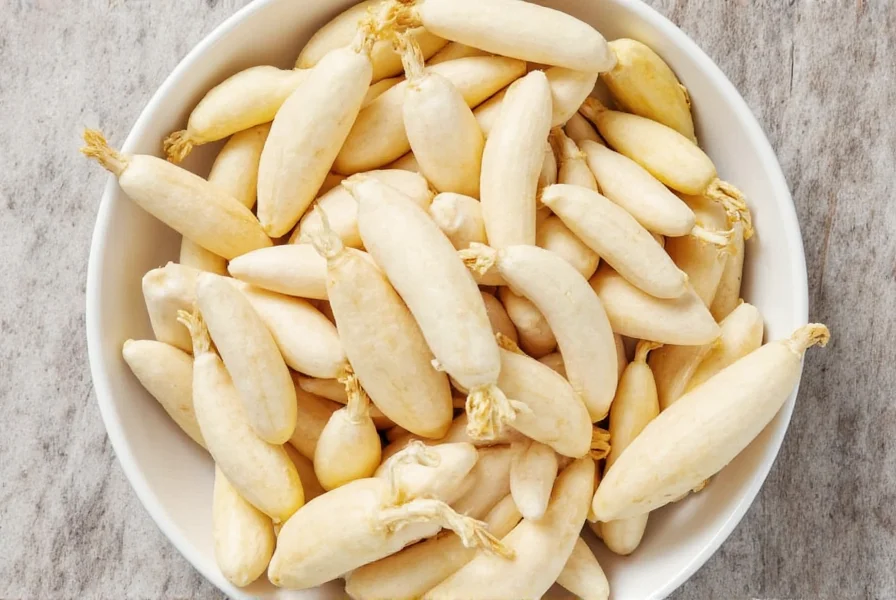
Important Note: No substitute perfectly replicates galangal's unique flavor profile. When making authentic Southeast Asian dishes, fresh galangal is worth seeking out. If substituting, adjust quantities gradually as galangal's flavor is more subtle than ginger's.
Galangal Health Benefits: What Research Says
Beyond its culinary value, galangal offers several potential health benefits supported by scientific research:
- Digestive Support: Studies show galangal contains compounds that may stimulate digestive enzymes and reduce nausea, making it valuable for digestive health.
- Anti-Inflammatory Properties: Research published in the Journal of Ethnopharmacology indicates galangal contains flavonoids with significant anti-inflammatory effects.
- Antioxidant Rich: Galangal ranks high on the ORAC (Oxygen Radical Absorbance Capacity) scale, indicating strong antioxidant properties that combat oxidative stress.
- Antimicrobial Effects: Traditional use aligns with modern research showing galangal's effectiveness against certain bacteria and fungi.
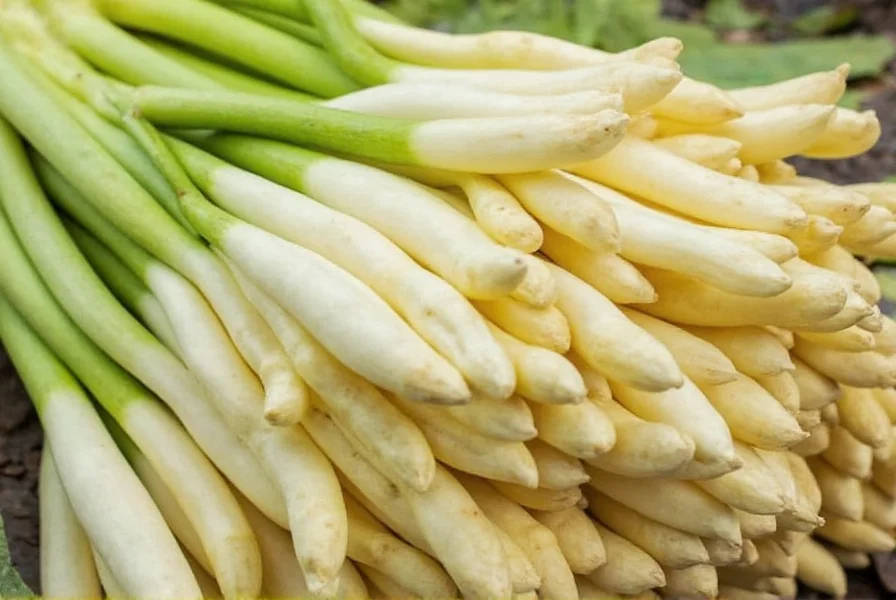
While historical accounts mention Viking warriors chewing galangal for courage, modern research focuses on its digestive benefits and anti-inflammatory properties. For therapeutic use, consult with a healthcare provider as concentrated doses may interact with certain medications.
Frequently Asked Questions About Galangal
What is galangal exactly and how is it different from ginger?
Galangal is a rhizome (underground stem) from the ginger family (Zingiberaceae) with a hard, fibrous texture and distinctive citrus-pine flavor. Unlike ginger, which is juicy and peppery, galangal has a more complex flavor profile with floral notes and subtle camphor undertones. While both are used in cooking, they're not interchangeable in authentic Southeast Asian recipes.
Where can I buy galangal and how should I store it?
Galangal is most reliably found at Asian grocery stores, particularly Thai, Vietnamese, or Indonesian markets. Some larger supermarkets carry it near ginger in the produce section. For storage, wrap fresh galangal in a paper towel, place in a plastic bag, and refrigerate for 2-3 weeks. For longer storage, freeze it (whole or sliced) for up to 6 months. Frozen galangal actually works better than fresh for some cooking applications.
Can I use ginger as a substitute for galangal?
You can substitute ginger for galangal in a pinch, but the flavor profile will differ significantly. For closer approximation, use ginger combined with lime zest (3 parts ginger to 1 part zest). For Thai dishes, try combining minced lemongrass with a pinch of white pepper. None perfectly replicate galangal's unique flavor, so seek fresh galangal for authentic Southeast Asian cooking.
How do I prepare galangal for cooking?
Unlike ginger, galangal shouldn't be grated due to its fibrous nature. For soups and broths, slice it paper-thin (1-2mm). For curry pastes, crush it with a mortar and pestle. In slow-cooked dishes, add whole pieces and remove before serving. Never use a food processor as it won't properly break down galangal's tough fibers.
Is galangal the same as galanga?
Yes, galangal and galanga refer to the same ingredient. "Galanga" is the Italian spelling commonly used in European contexts, while "galangal" is the English spelling preferred in culinary writing. Both terms refer to Alpinia galanga (greater galangal) or related species used in cooking and traditional medicine.
What dishes absolutely require galangal for authenticity?
Authentic Thai tom kha gai (coconut soup), Indonesian rendang (beef stew), and Malaysian laksa (spicy noodle soup) all require galangal for traditional flavor profiles. While substitutes exist, galangal provides the distinctive citrus-pine notes essential to these dishes. For true authenticity in Southeast Asian cuisine, fresh galangal is worth seeking out.
Conclusion
Understanding what galangal is and how to use it properly elevates your Southeast Asian cooking from good to authentically great. This distinctive rhizome brings a complex citrus-pine flavor that no other ingredient can replicate, making it essential for traditional Thai, Indonesian, and Malaysian dishes.
When shopping, look for firm, smooth galangal at Asian markets or specialty online retailers. Remember that frozen galangal often performs better than fresh in cooking applications. While substitutes exist, nothing matches the authentic flavor profile of fresh galangal in dishes like tom kha gai and rendang.
With its unique flavor, culinary versatility, and potential health benefits, galangal deserves a permanent spot in your pantry. The next time you're preparing Southeast Asian cuisine, take the time to seek out this special ingredient—it's the secret to achieving restaurant-quality authenticity in your home cooking.
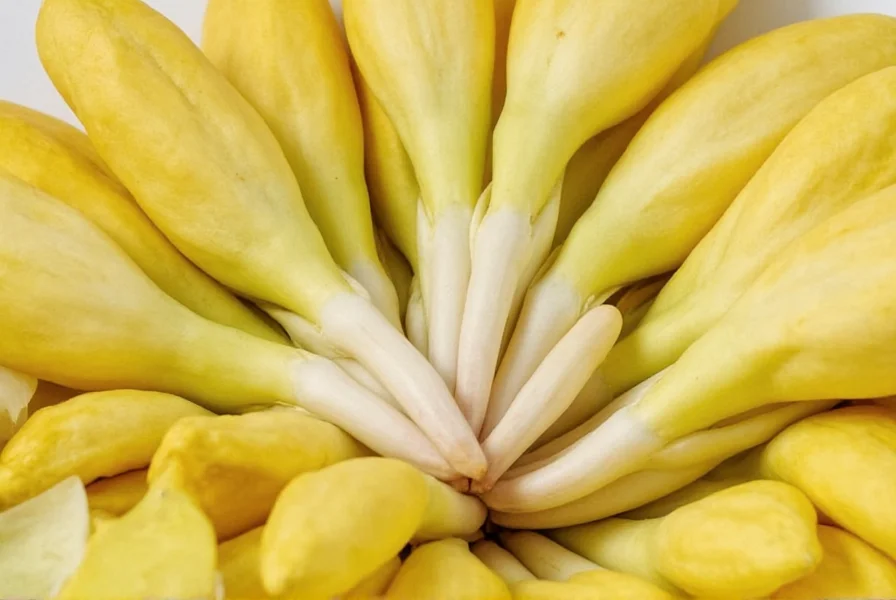

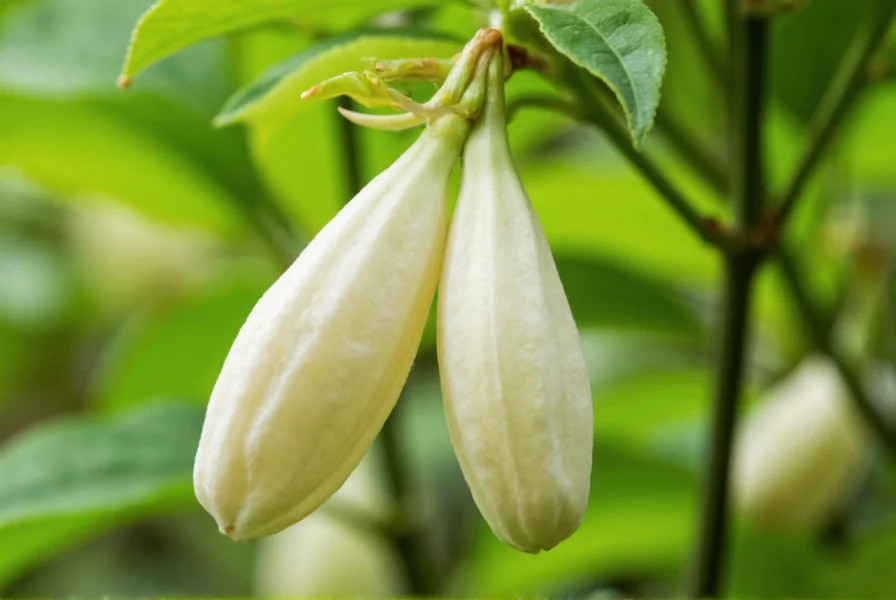









 浙公网安备
33010002000092号
浙公网安备
33010002000092号 浙B2-20120091-4
浙B2-20120091-4